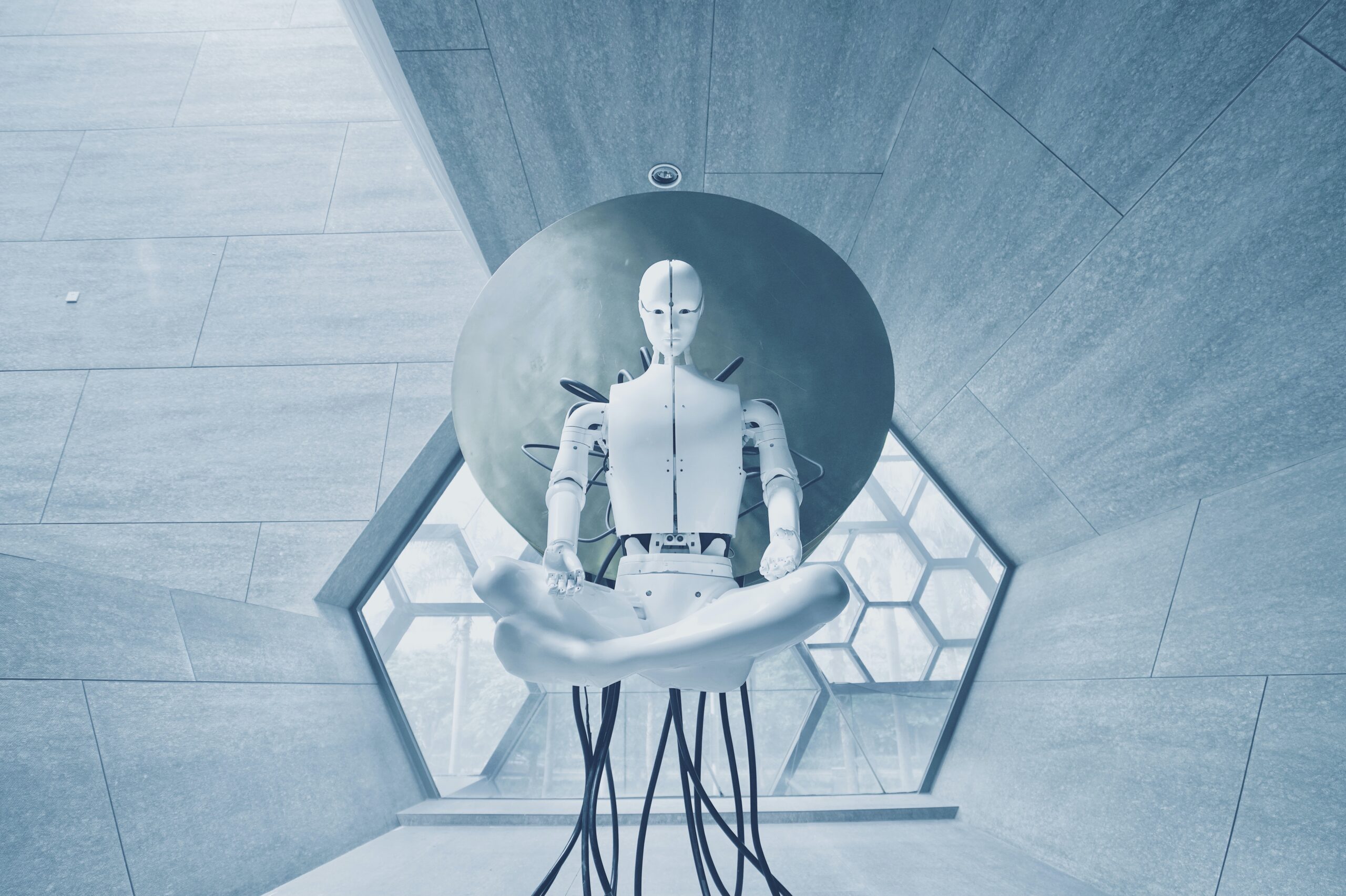The EIC Accelerator’s Evaluation Problem in 2022
In 2021, the EIC Accelerator blended financing (formerly SME Instrument Phase 2, grant and equity) has completed its first year under the new application framework (read: Application Process). With 2 cut-offs in 2021 (June and October), it presented a steep learning curve for Small- and Medium-Sized Enterprises (SME), professional writers and the European Innovation Council (EIC). A new online process for EIC Accelerator applications was rolled out and it was continuously improved in parallel to the first grant submissions which presented unique challenges to the way the EIC and consultants communicated towards potential applicants. Deadlines were shifted, leaked information was more reliable than official EIC press releases and the comments provided by the evaluators led to some controversy. While more transparency is generally a positive step, especially for a public institution funded through the citizen’s taxes, it can backfire if it exposes significant inconsistencies. This article aims to explore some of these inconsistencies. The Application Steps The European Innovation Council and SME’s Executive Agency (EISMEA), European Commission (EC) and EIC have come up with a new application process that involves 3 distinct steps (note: these are unrelated to the Phases of 2020). This new process heavily relies on the use of an online submission form and has phased out most of the PDF/Document-type formats that applicants used prior to 2021. In summary, the current steps are: Step 1: A mini-application (text, video, pitch deck). At least 2 out of 4 evaluators must approve of the application to succeed. Step 2: A long application (text, support documents, pitch deck). At least 3 out of 3 evaluators must approve of the application to succeed. Step 3: A remote or in-person interview. All jury members must approve of the application to succeed. Startups have to successfully pass all three steps in the designated order to receive the EIC Accelerator financing. Each attempted step, successful or not, will likewise receive detailed comments from the evaluators or jury members. Note: Through the fast-track program implemented by the EIC, some companies can skip certain steps if the respective conditions are met. Step 1 Step 1 is designed to pique the evaluator’s interest as the EIC has stated. It is a very short version of a business plan and provides no detailed information on finances, the planned workpackages or other critical parts of the innovation project. Even the pitch deck is reduced to a 10-slide document that will be read and not actually pitched. The Step 1 success threshold is very easy to pass since only 2 out of the 4 remote evaluators must provide a favourable review which will allow an applicant to move towards Step 2 (see success rates). Step 2 Step 2 is a very in-depth presentation of the proposed innovation project since it requires the creation of a business plan which almost exclusively consists of text, provides very little visual data and asks the applying SME’s to answer many detailed questions. These include the value chain, product descriptions, technical backgrounds, market analyses, commercial strategies and many more details. This Step has proven to be the most selective and also the most work-intensive stage of the EIC Accelerator. Step 3 Step 3 is a remote or in-person interview which consists of a 10 minute pitch and a 35 minute Q&A session. The interview will be based on the submitted Step 2 application and pitch deck but the jurors might not be intimately familiar with all of the provided content. Linear Progression Between Steps While the new process for EIC Accelerator applications looks and feels modern, it has added a new layer of problems that is interlinked with its 3-Step structure. When generating an application process that screens companies over multiple months, it is important to make sure that each evaluation step presents a linear progression from its predecessor. If the assessments of Step 1 and Step 2 are too different then this will inevitably lead to wasted effort for both the applicants and the reviewers. To be transparent about this fact, the EIC should publish quality control data where the results of all three steps, if available for each applicant, are correlated to identify if a section was evaluated consistently across multiple steps. If all evaluators approve a very detailed business model in Step 2 but the jury members unanimously question its quality in Step 3 then the process would be flawed. Based on the first applications in 2021, it is clear that the three steps have different degrees of depth, a different focus and they use different evaluator pools which inherently leads to significant limitations. As a result, the process is not fully linear. Conflicts Between Evaluations A linear application process would see a project with a perfect score in Step 1 do well in Step 2. A project which has presented dozens of pages on the commercial strategy and has received a perfect score by evaluators in Step 2 should not have this review be reversed in Step 3. While the difference in quantity between Step 1 and Step 2 is significant and can lead to shifts in the perceived quality, the difference between Step 2 and Step 3 should be minuscule. In a linear process, there should never be a case where a revenue model was graded perfectly in Step 2 only to be rejected with poor reviews in Step 3. But such cases do occur frequently since an approximate 50% of applicants will be rejected in Step 3 with the top reasons being commercial aspects. If the project has not changed in between the two steps then how is it possible that the Step 2 evaluators grade a project so differently from the Step 3 Jury? The Step 2 application is presenting an unprecedented level of detail compared to earlier years so a lack of content would be a poor reason for the discrepancy. It is also unlikely that an applicant will intentionally submit false information or act fraudulently so how can such a result be explained? EIC Jurors … Read more











